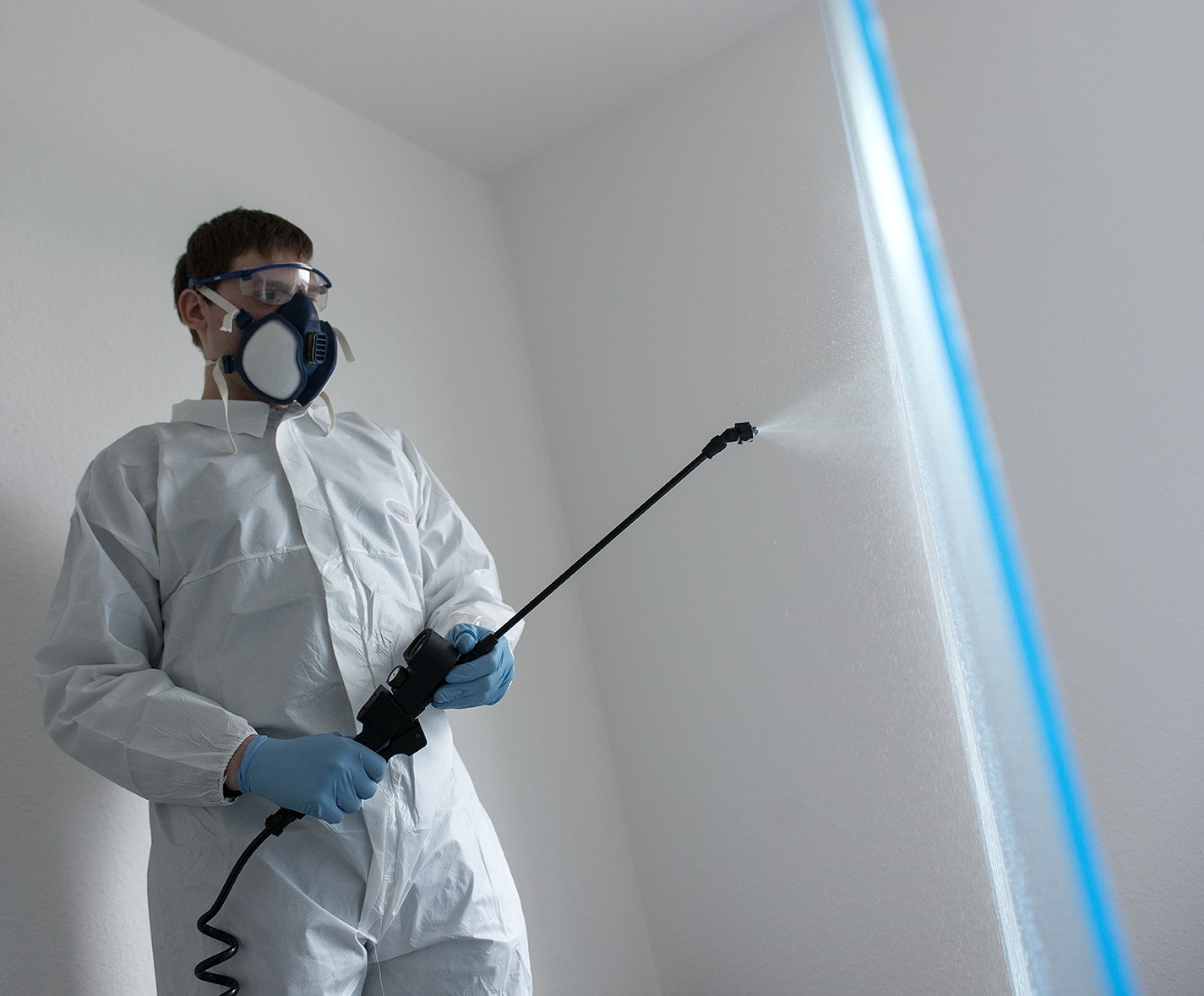
Although sprays offer numerous advantages, such as even and highly efficient distribution of substances over surfaces, they are associated with high levels of substance inhalation. Protecting both human health and the environment requires a reliable method for quantifying exposure to the substances distributed via sprays — such as measurement by experimental means or, if no suitable data is available, through model-based predictions. However, exposure models with varying complexity levels that can be used for spray applications are still underrepresented in the relevant guidelines. ITEM scientists published an overview of the available models and the current status of and further need for modeling of spray applications in 2021 (Hahn, S. et al., 2021: DOI 10.3390/ijerph18157737). The study indicated a need for improvements to existing spray models, including more user-friendly software.
The German Federal Institute for Occupational Safety and Health (BAuA) has initiated various projects for (further) developing exposure models and evaluating the models’ validity, all under the header of “Modular Exposure Models for OSH Risk Assessment in Chemical Safety” (MEMORA). As part of this initiative, Fraunhofer ITEM researchers created an overall tool for estimating inhalation exposure from spray applications. To do this, the ITEM team analyzed and refined three existing models and combined them into a two-step approach. The individual models included a generic 2-box spray model with two refinement options based on the use of correction factors or airborne release factors determined by experimental means (Hahn, S. et al., 2024: DOI 10.3389/fpubh.2024.1329096). The other two models used were SprayExpo and SprayEva. The model approaches were translated into the programming language R and combined into one overall tool. The tool’s performance was then tested using existing measurement data from workplaces and example scenarios.
The theoretical and practical results obtained in this project in relation to the modeling of inhalation exposure from sprays will be used to support the industry sector and government authorities in assessing risks to human health in the context of regulatory processes.
 Fraunhofer Institute for Toxicology and Experimental Medicine
Fraunhofer Institute for Toxicology and Experimental Medicine